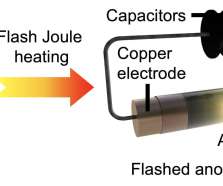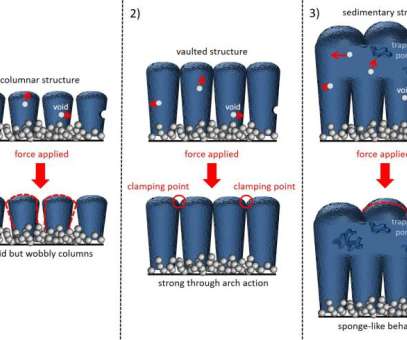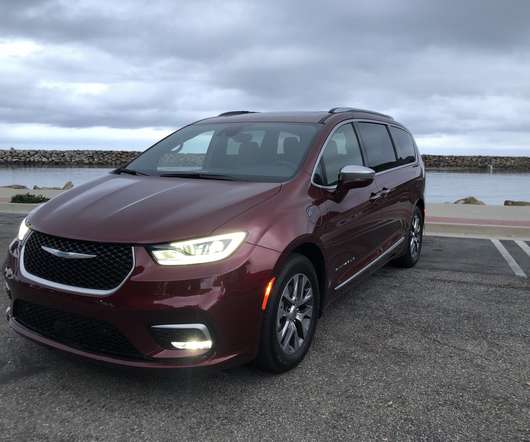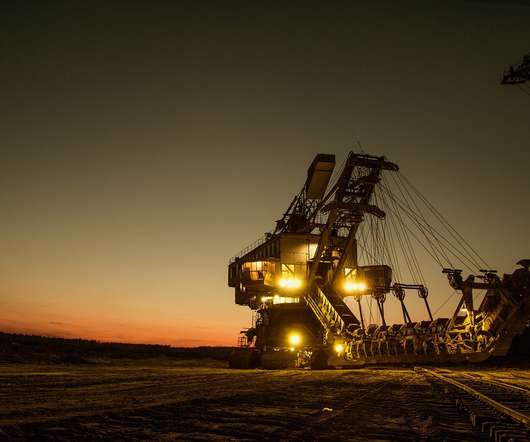Sion Power reports 400 Wh/kg, 700 Wh/L and 350 cycles under 1C for Li-ion battery with Li-metal anode technology
Green Car Congress
OCTOBER 3, 2016
Sion Power reported that a Licerion-Ion system has achieved 400 Wh/kg, 700 Wh/L and 350 cycles under 1C discharge conditions. Sion combines its protected lithium anodes with intercalated metal oxide cathodes typically used for Li-ion batteries (Licerion-Ion) and with advanced sulfur cathodes (Licerion-Sulfur).









































Let's personalize your content